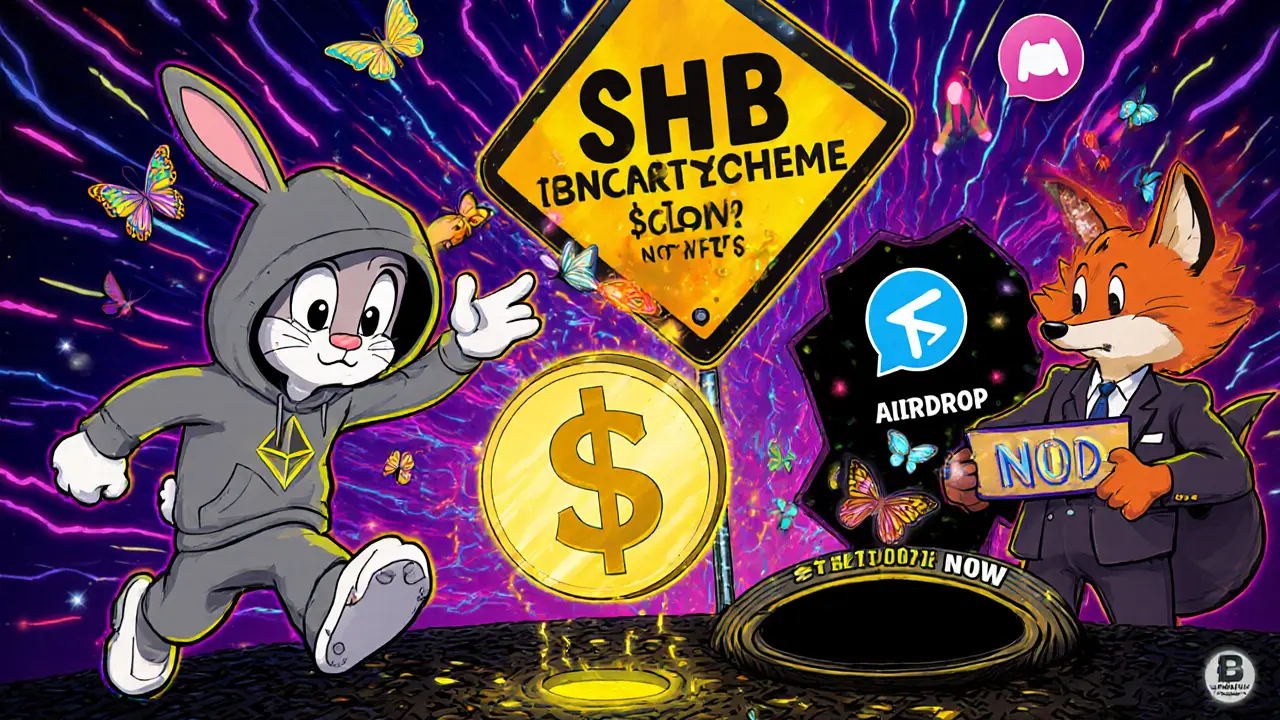BlockSwap Network: What It Is, How It Works, and What You Can Do With It
When you want to move tokens from Ethereum to Solana without using a centralized exchange, you need something like BlockSwap Network, a decentralized cross-chain protocol that connects multiple blockchains to enable direct token swaps and transfers. Also known as a cross-chain bridge, it lets users skip the middleman and trade assets directly between networks — no wrapping, no custodians, no long waits. This isn’t just convenience. It’s about freedom. If you hold $SOL but want to earn yield on a DeFi platform that only works on Polygon, BlockSwap Network makes that possible in minutes, not days.
BlockSwap Network doesn’t invent new chains. It connects them. It works with popular chains like Ethereum, BSC, Arbitrum, Avalanche, and others, using smart contracts and liquidity pools to lock tokens on one side and mint equivalent assets on the other. Think of it like a translator that speaks 10 different blockchain languages at once. Unlike some bridges that rely on trusted validators, BlockSwap Network leans on decentralized mechanisms to reduce single points of failure. That’s why users who care about security — not just speed — choose it. It’s also why you’ll find it referenced in guides about cross-chain swaps, the process of exchanging assets directly between different blockchain networks without intermediaries, and in reviews of DeFi protocols, decentralized financial applications that operate without banks or traditional institutions trying to offer multi-chain access.
What does this mean for you? If you’re trading tokens, staking, or chasing airdrops across chains, BlockSwap Network cuts out the friction. You don’t need to move your crypto to Binance, sell it, buy another, and send it again. You just swap directly. That saves time, lowers fees, and reduces exposure to exchange hacks. And because it’s open-source and non-custodial, you never lose control of your keys. That’s the whole point. You’re not trusting a company. You’re trusting code — and the community that audits it.
BlockSwap Network isn’t the only bridge out there. But it’s one of the few built for real users, not just developers. It’s used by people who want to move their $USDC from Arbitrum to Solana to join a yield farm. By people who hold $ETH and want to claim a token on Moonbeam. By investors tracking how liquidity flows between chains — which is why you’ll see it mentioned in posts about token bridging, the technical process of transferring asset ownership from one blockchain to another and how it impacts market prices. The data doesn’t lie: cross-chain activity is growing. And BlockSwap Network is right in the middle of it.
Below, you’ll find real-world guides on how to use it, what tokens it supports, how to avoid common mistakes, and how it compares to other bridges. Some posts cover airdrops tied to its ecosystem. Others break down its security model or explain why its fees are lower than the competition. Whether you’re new to DeFi or you’ve been swapping tokens for years, this collection gives you the clear, no-fluff details you actually need.
